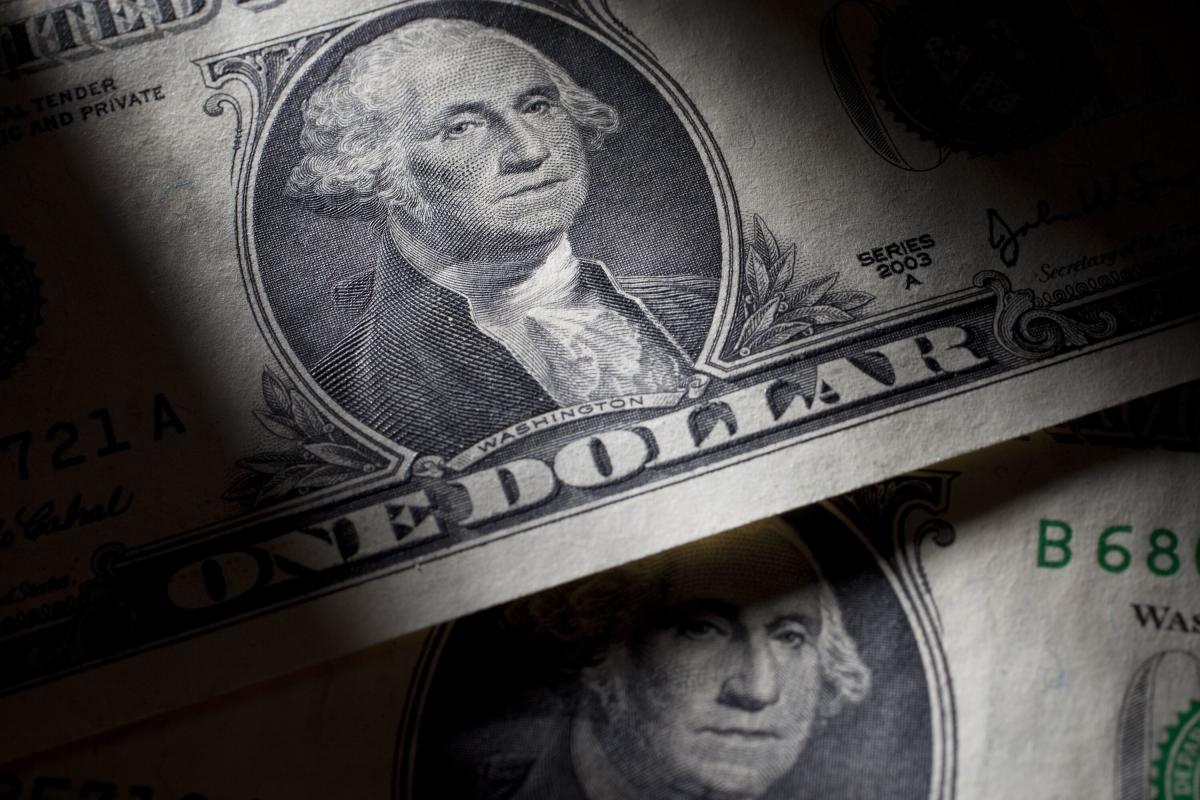Spotlight
Finance
Technology
The creator economy is booming, with more people than ever monetizing their passions by producing…
Join our mailing list
Get the latest finance, business, and tech news and updates directly to your inbox.
Top Stories
GlobalData has announced the latest Financial and Legal Adviser League Tables. These rank advisers by…
Financial PlanningAn advisor with a financial planning specialty can help you develop an effective plan…
AI’s capability to generate realistic text and images is well known, but it can also…
(Bloomberg) — Former President Donald Trump’s economic advisers are considering ways to actively stop nations…
Looking for Thursday’s Strands hints, spangram and answers? You can find them here: Hey there,…
A top investor in Glosslab says he is “no longer associated” with the embattled nail…
Donald Petersen, the second non-family chief executive officer of Ford Motor Co., has died at…
According to the latest financial advisers league table by research and analysis company GlobalData, Evercore…
Wall Street stocks closed lower on Thursday as markets were stunned by data showing slower-than-expected US economic…
What’s going on with LLMs? Beyond the idea that they are basically taking over so…
STRONGSVILLE, Ohio — In the midst of the record-breaking 2024 Minto US Open Pickleball Championships…
Meta plunged nearly 11% Thursday after the Facebook-parent forecast higher expenses over its plans to “invest…









































